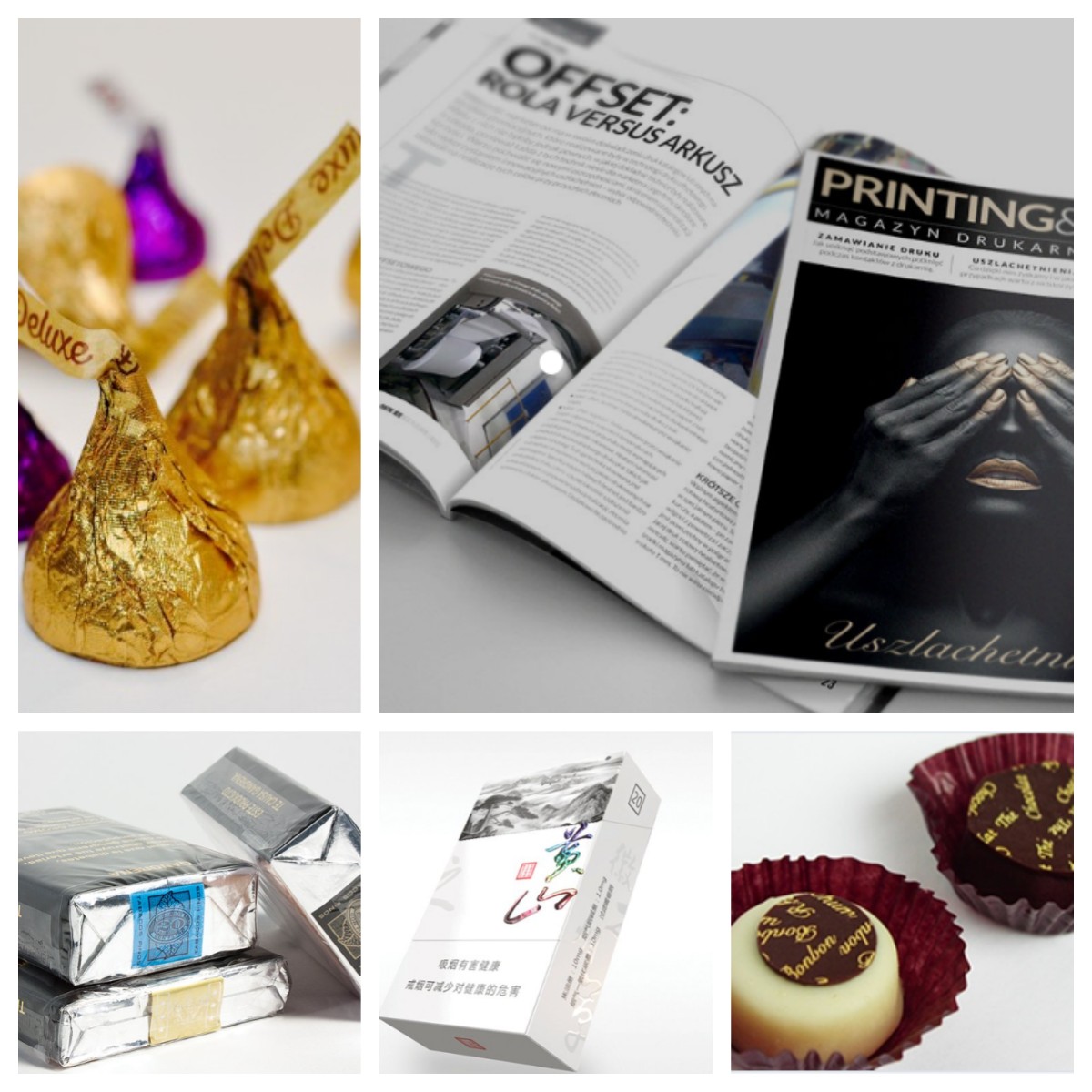Printing inks market trends aluminum paste
Aluminum paste for Printing inks market trends

Aluminum paste for Printing Ink market is expected to witness moderate growth over the forecast period. Factors such as the growing end-use industry, including flexible packaging, commercial printing & publishing, packaging labels, have majorly driven this market.
The superior properties of the constituents such as Aluminum paste for Printing Ink pigments, binders, solubilizers, and additives to produce text, design, or images along with rising demand from the packaging sector, commercial printing, and changing consumer preference, these solutions are expected to have unceasing demand in the future.
The global printing inks market is heading toward major consolidations to increase efficiency, support growth, and achieve more leverage with suppliers and customers. Market consolidation has become a long-term trend, particularly in the western market, with limited organic growth. Jie han metal material co., ltd provides aluminum paste for printing inks with steady quality and competitive prices.
However, downward pricing pressure is expected to limit the revenue growth in the printing inks market owing to the slow growth in product pricing caused by high competition within the industry. Moreover, stringent regulatory frameworks such as Federal Food, Drug, and Cosmetic Act and the U.S. Food and Drug Administration are limiting the usage, manufacturing, and distribution of various inorganic solvents and toxic metals. This, in turn, is expected to hamper the market growth over the forecast period.
Apart from crude oil derivative and inorganic pigments, which are major raw materials, the development of economical and non-toxic raw materials such as graphene, carbon, and modified celluloid is the research initiative at the forefront. This market is strongly affected and driven by advancements in technology and processes such as ink-jet products and digital printing.
Initially, printing inks were majorly used in printing publications for newspapers, magazines, and journals. However, due to rapid urbanization and the growing digitalized needs of consumers, the application scope of printing inks has shifted from commercial printing & publication to the packaging industry. In the packaging industry, printing inks are used to print on packaging materials to make the packaging attractive to customers, as it is one of the powerful ways to promote and market products.
Flexible packaging offers better options for customized packaging. The demand for flexible packaging is driven by the food & beverage industry, supported by the strong growth in the snacks & confectionery category. Moreover, the growing demand for food, on account of the increasing global population, is one of the key trends augmenting the growth of the flexible packaging industry. The booming flexible packaging industry is anticipated to offer substantial growth opportunities for the printing inks market.
Furthermore, developments in production technologies, improved packaging practices, and case-ready packaging are anticipated to influence the printing inks market positively. In addition, advancements in processing technologies in the food sector in the U.S. and the European countries are expected to augment the growth of packaged foods industry. This, in turn, is anticipated to fuel the demand for flexible packaging.
The thriving demand for energy-curing inks in printing & packaging applications is another major factor driving the printing inks market growth. The energy-curing inks include UV-cured inks, latex (resin) inks, solvent-UV hybrid inks, and solid inks. These inks are trending globally owing to their superior properties, zero/low volatile organic content (VOC), and growing application scope.
The superior characteristics of energy-curing inks include better bonding qualities and reduced drying time. Furthermore, increased productivity, high performance, environmental benefits, and lower energy costs are the significant factors for the increased usage of ultraviolet and electron beam-curing inks. However, the initial setup costs associated with these inks are higher. Therefore, companies are adopting new technologies to eliminate the high costs. For instance, Flint Group has developed new UV inks such as the Ultraking XCURA label to attain minor levels of energy consumption during the curing process.
UV LED, another type of energy-curing ink, is the latest trend, with many ink manufacturers tackling the challenge of producing technologically advanced inks. UV LED inks require different formulations from those of traditional UV-curing inks. Lower energy costs, heat reduction, environmental friendliness, and versatility are the major factors boosting the demand for UV LED inks in various applications such as membrane switch, graphics, container & ad specialty, textures, and specialty clears.
Contact us for more details about aluminum paste for printing inks at www.jhaluminiumpaste.com.
